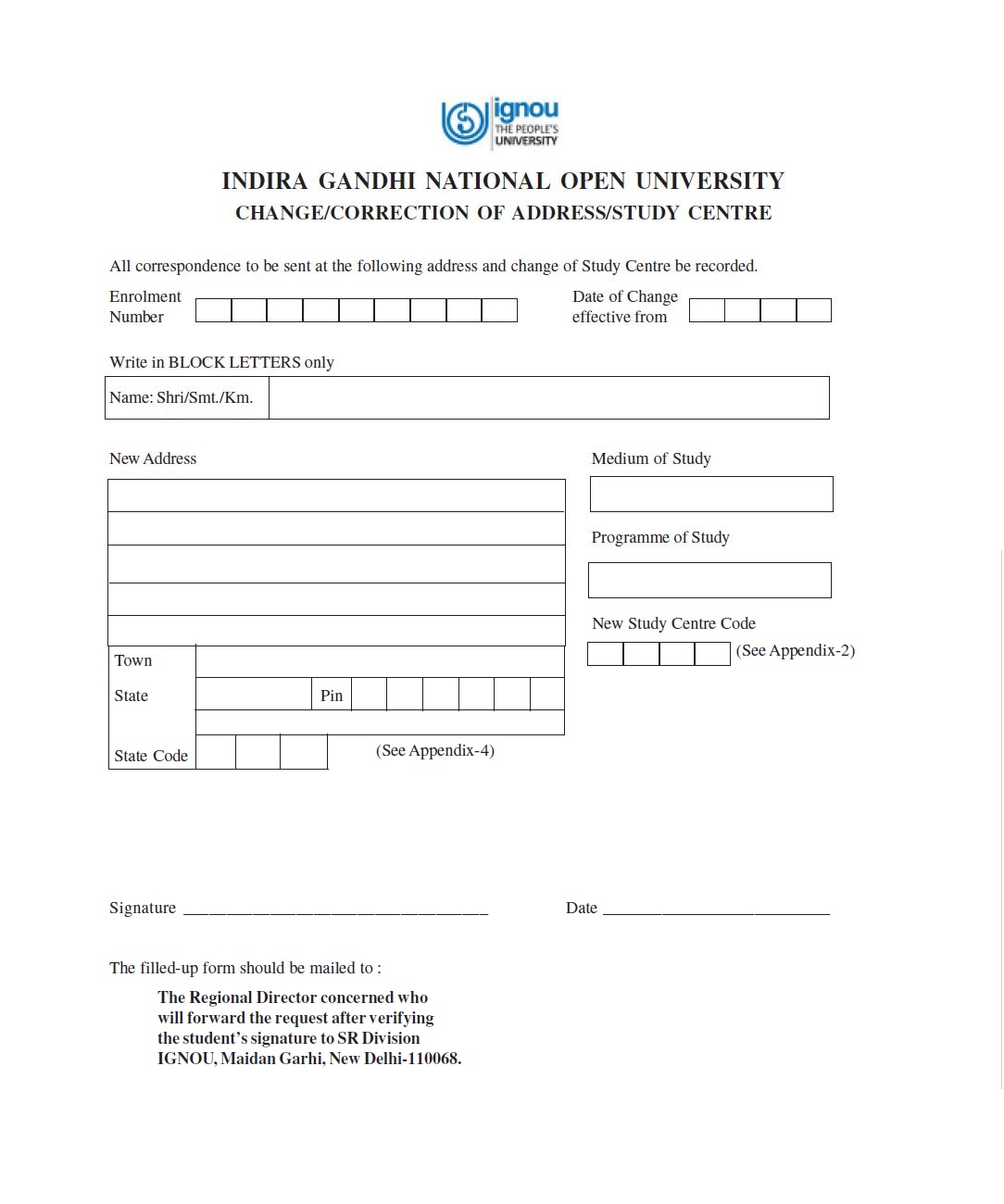Conducting Research and Data Collection Methods
The heart of any IGNOU project lies in its research methodology and data collection process. While theoretical knowledge forms the foundation, it is the systematic gathering and analysis of information that transforms a project from ordinary to outstanding.
Research Philosophy for Distance Learners
Quantitative research dominates in BCA, MCA, and MBA projects, focusing on measurable variables, statistical analysis, and generalizable findings. Surveys with structured questionnaires are common.

Distance learners must consider accessibility constraints. Methods requiring extensive travel or organizational access need careful planning or alternatives.
Sources of Information for IGNOU Projects
Most IGNOU projects require a combination. Purely secondary data projects are accepted but must demonstrate critical analysis and value addition beyond summarization.
When to Collect Your Own Data
Advantages: High relevance to research objectives, control over data quality, opportunity to fill literature gaps, impressive to evaluators.
Effective Secondary Data Sources
Industry Reports: NASSCOM, FICCI, company websites, CSR reports, sustainability disclosures.
Create a data source matrix documenting: source name, type of data, time period, sample coverage, access method, and limitations.
Structured Data Collection Techniques
A well-designed questionnaire can collect data from 100+ respondents efficiently, providing statistical validity for quantitative analysis.
Crafting Effective Survey Questions
Question types: Closed-ended (Likert scale, multiple choice, yes/no), Open-ended (limited to 2-3 for qualitative insights), Ranking or rating scales.
Sampling Techniques for Surveys
Sampling methods: Random, stratified, cluster, convenience, snowball. Justify choice based on research objectives and feasibility.
Digital Platforms for Data Collection
Include informed consent statement, anonymity assurance, and estimated completion time (under 10 minutes ideal).
Interview Method: Structured to Unstructured
Record interviews (with permission) for accurate transcription. Use Zoom/Meet for remote interviews with screen recording.
Probing Techniques
Pilot test with 2-3 respondents to refine questions and timing (30-60 minutes ideal).
Purposive Sampling for Experts
Aim for 8-15 interviews for saturation (when new interviews yield no new themes).
Real-World Research Approaches
Both methods require detailed protocols, ethical considerations, and triangulation with other data sources.
Choosing Organizations for Analysis
Approach strategy: Formal permission letter on plain paper, explain academic purpose, assure confidentiality, offer summary report as incentive.
Research Integrity Standards
For sensitive topics (mental health, domestic issues), provide helpline resources and right to skip questions.
Plagiarism and Data Fabrication Prevention
Never fabricate, falsify, or selectively report data to support hypotheses. Transparency enhances credibility.
Pilot Testing and Tool Validation
Conduct pilot study with 10% of intended sample size or 5-10 respondents. Test for: question clarity, response patterns, timing, technical issues (online forms).
From Collection to Analysis
Maintain codebook explaining variable names, values, and labels.
Timeline for Information Gathering
Create Gantt chart showing parallel activities: literature review continuation, tool development, data collection, initial analysis.
Dealing with Research Challenges
Report response rate and non-response bias assessment in methodology chapter.
Evidence for Evaluation
Store consent forms, permission letters, and correspondence systematically.
Technology-Enabled Methods
Big data analysis using public datasets, social media sentiment analysis, mobile app-based surveys, AI-powered interview transcription (Otter.ai), virtual reality observations.
Frequent Errors in IGNOU Projects
Inadequate Sample Representation: Justify any convenience sampling with limitations discussion.
Poor Timing: Distributing employee surveys during peak work hours or academic surveys during exams. Choose optimal timing.
Conclusion: Data as Research Foundation
Data collection is not a mechanical process but the soul of your research. The quality, quantity, and authenticity of your data determine the strength of your conclusions and the value of your project contribution.
Your data collection chapter should read like a research story - logical, detailed, and transparent. When examiners can visualize your research process, they are more likely to accept your findings.
Word count: approximately 1500 words
